container grown or burlap?
aggierose
13 years ago
Featured Answer
Sort by:Oldest
Comments (37)
Dan _Staley (5b Sunset 2B AHS 7)
13 years agogardningrandma
13 years agoRelated Professionals
Leawood Landscape Architects & Landscape Designers · Rancho Palos Verdes Landscape Architects & Landscape Designers · Maple Valley Landscape Contractors · Brockton Landscape Contractors · Mendota Heights Landscape Contractors · Mount Kisco Landscape Contractors · Munster Landscape Contractors · Sammamish Landscape Contractors · Wailuku Landscape Contractors · Wayland Landscape Contractors · Baltimore Siding & Exteriors · Philadelphia Siding & Exteriors · Puyallup Siding & Exteriors · Dearborn Decks, Patios & Outdoor Enclosures · Fresno Decks, Patios & Outdoor Enclosureslou_spicewood_tx
13 years agoaggierose
13 years agobrandon7 TN_zone7
13 years agorhizo_1 (North AL) zone 7
13 years agobrandon7 TN_zone7
13 years agoToronado3800 Zone 6 St Louis
13 years agolou_spicewood_tx
13 years agogardningrandma
13 years agolou_spicewood_tx
13 years agogardningrandma
13 years agoaggierose
13 years agoDan _Staley (5b Sunset 2B AHS 7)
13 years agoEmbothrium
13 years agogardningrandma
13 years agolou_spicewood_tx
13 years agoEmbothrium
13 years agogardningrandma
13 years agoltruett
13 years agotmore
13 years agogardningrandma
13 years agoltruett
13 years agoEmbothrium
13 years agobrandon7 TN_zone7
13 years agoscotjute Z8
13 years agogardener365
13 years agobrandon7 TN_zone7
13 years agoEmbothrium
13 years agogardener365
13 years agoscotjute Z8
13 years agoEmbothrium
13 years agobrandon7 TN_zone7
13 years agoaggierose
13 years agobrandon7 TN_zone7
13 years agoSherwood Botsford (z3, Alberta)
12 years ago
Related Stories
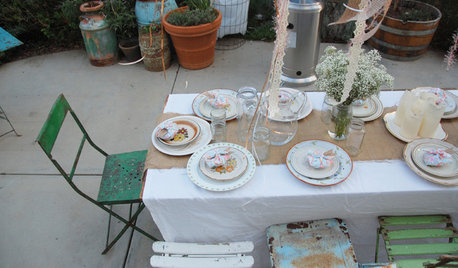
DECORATING GUIDESSurprise Contender: Burlap for Accessories
Burlap gets a bad rap, but don't bristle at the thought of using it. With these tips, it can put your decor in fine form
Full Story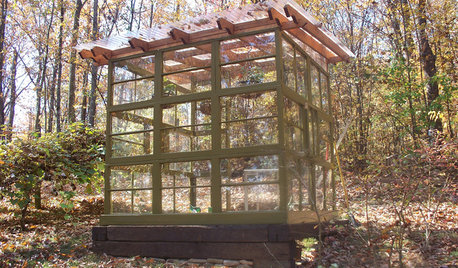
GARDENING AND LANDSCAPINGSee a Family Greenhouse Grown From Scraps
Can-do resourcefulness and less than $400 lead to a new 8- by 8-foot home for plants on a Tennessee family's property
Full Story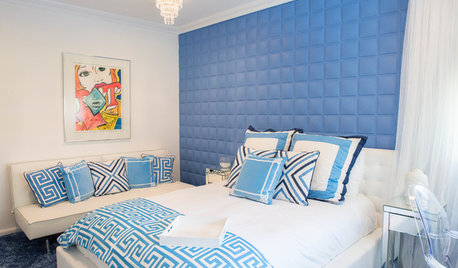
BEDROOMSThis Teen Girl's Room Has Total Grown-up Appeal
With a textured blue wall, a mod white bed and even a Lichtenstein, this teen's bedroom draws envy beyond her age group
Full Story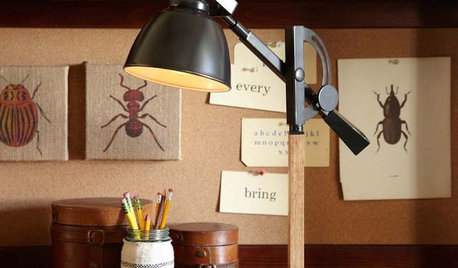
PRODUCT PICKSGuest Picks: Kids' Accessories for Grown-Ups
Good design works for all ages — just check out these pieces from kids' retailers that would rock an adult room
Full Story
FARM YOUR YARD10 Easy Edibles to Grow in Containers
These herbs, vegetables and fruits are just as happy in a pot as they are in the ground
Full Story
CONTAINER GARDENS3 Steps to Creating Quick, Easy and Colorful Succulent Containers
Take a bright container, add a colorful succulent or two and have a professional, summery design in minutes
Full Story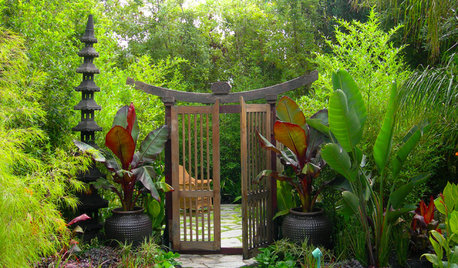
CONTAINER GARDENS10 Ways to Take Containers Beyond the Patio
Enliven your landscape with pots and containers
Full Story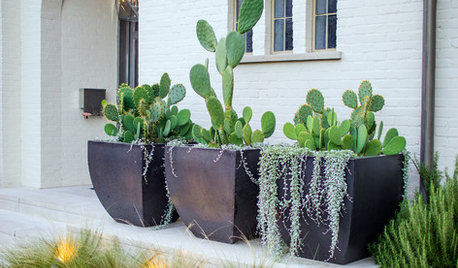
CONTAINER GARDENSCactus and Succulent Containers Are Ideal for Hot, Sunny Spots
Bring on the sun with these heat-loving succulent container gardens
Full StoryMore Discussions






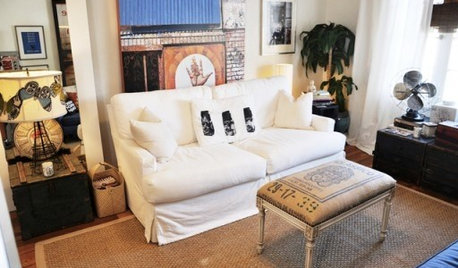
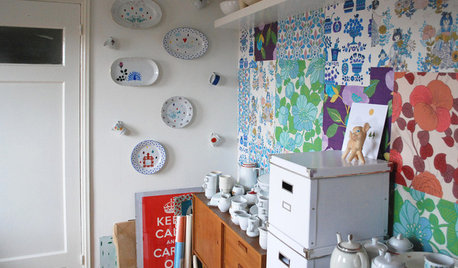


lou_spicewood_tx